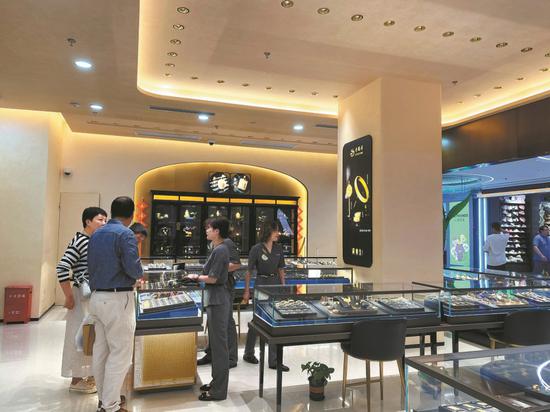
Customers select gold jewelries at a Lao Feng Xiang outlet in Shanghai. (LUO BIN/CHINA DAILY)
Office worker Dai Qingxiang, 28, recently found herself facing a dilemma. She was considering buying gold accessories to add bling to her wardrobe, but the precious metal's soaring price was making her think twice.
Dai was finally persuaded by a close friend, Liu Nushi, to make the purchase, and on a sunny afternoon in May, she went to a jewelry store in Shanghai's southwestern Xuhui district to buy the accessories.
Her initial reticence was understandable given the current global gold price surge. Due to healthy investment from the over-the-counter transactions market, ongoing central bank buying, and higher demand from Asian buyers, gold prices rose to a record quarterly average of $2,070 per ounce in the first quarter, World Gold Council data showed. The amount is 10 percent higher year-on-year and 5 percent higher quarter-on-quarter.
Domestic gold demand saw a 3 percent year-on-year growth in the first quarter, noticeably higher than the average of the past decade, the World Gold Council said.
As young Chinese consumers shun traditional investments in favor of gold products, local Shanghai jewelry brands are trying their best to cash in on the rising demand with innovations in craftsmanship and consumer products.
Adapting to demand
Shanghai Jinchenghuang is a time-honored brand established in Shanghai in 1934, and the privately owned company has preserved gold jewelry-making techniques for four generations.
Lin Zechao, general manager of Shanghai Jinchenghuang Industrial Group Co, said to maintain its market strength, his company has conducted surveys to better understand consumers' needs, upgraded its craftsmanship and carried out targeted marketing.
Lin believes that adapting to new trends while upholding quality standards is key for jewelry brands to remain attractive to Chinese consumers, regardless of their age, interests or background.
With East China as its core market, the jewelry chain currently operates 300 retail outlets across the country.
It differentiates between target markets, with Jinchenghuang now paying more attention to meeting the daily fashion needs of women aged 25 to 50.
"Our products are usually developed after systematic research of a targeted consumer group's preferences on style and design elements," Lin said.
After examining the survey results, the company discovered that smaller and hard gold accessories can withstand market changes to remain popular with consumers.
Lin added their gold bar sales saw 30 percent year-on-year growth in 2023, and he is confident these sales will further pick up this year.
"We've made investments in innovation, research and development on an annual basis, including developing and launching products in accordance with the latest consumer preferences," Lin said.
Whether it is 3D hard gold, heritage gold, or other innovative products, consumers are paying more attention to unique designs and crafting technologies.
Thanks to innovative designs using gemstones and diamonds, hard-gold and heritage-gold jewelry had outstanding sales in the first quarter in comparison with other categories of accessories, said Wang Lixin, regional CEO with the World Gold Council of China.
Consumers tend to prefer lighter, lower-priced products, Wang added.










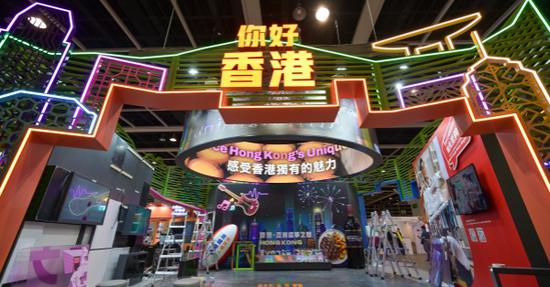

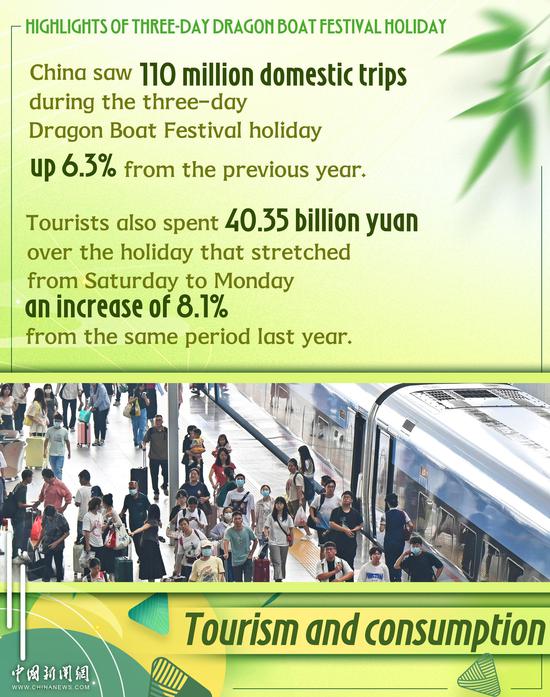


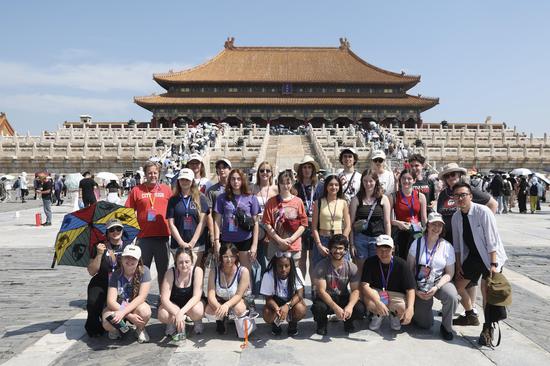





















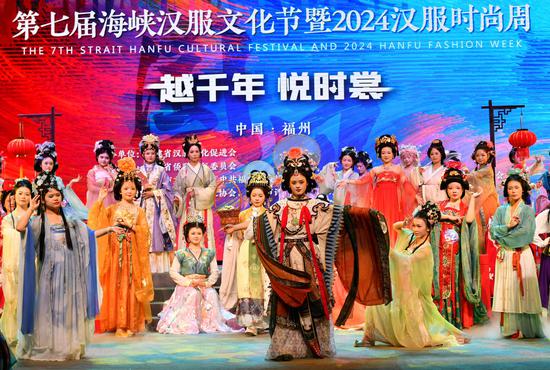






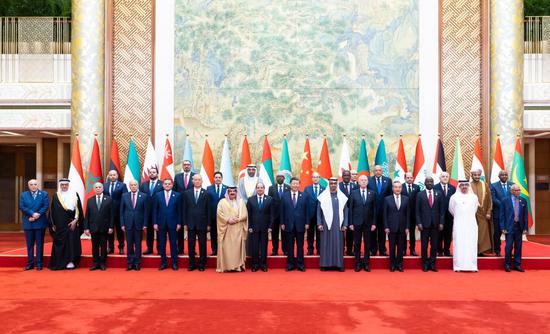





 京公网安备 11010202009201号
京公网安备 11010202009201号